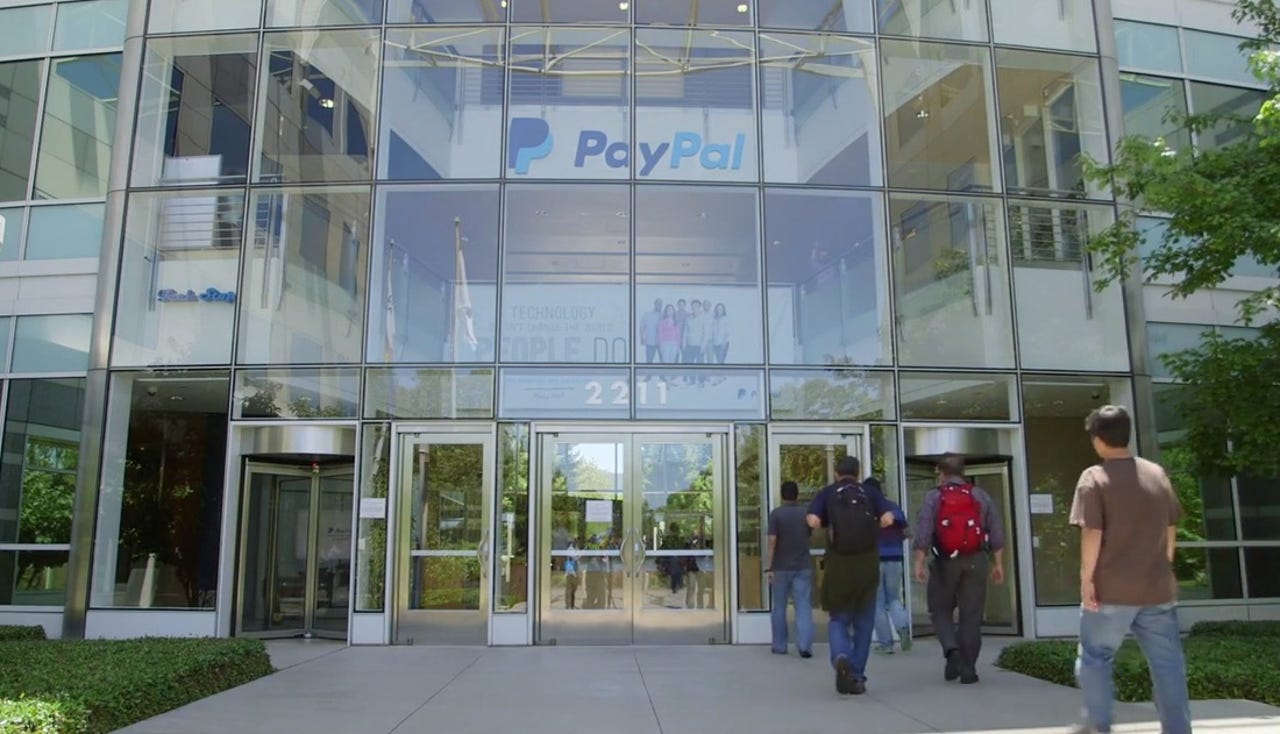PayPal's Modest purchase is a bet on the buy button


PayPal on Wednesday said it is buying the Chicago-based startup Modest. The two-year-old company makes a mobile commerce platform focused on "contextual commerce" -- which is essentially the fancy umbrella term for tools that allow shoppers to make in-the-moment purchases on the internet.
With its first acquisition since splitting from eBay, PayPal is now honing its focus on a rising star in the digital commerce ecosystem: buy buttons.
AR + VR
Modest's platform allows retailers to insert buy buttons into a bevy of online consumer touch points, like blogs, ads, emails and social media. PayPal plans to merge Modest with Braintree, its payments subsidiary that is also developing buy button technology and has affiliations with businesses like Uber and Pinterest.
The youthful startup, which only came out of stealth mode in February, was founded by Harper Reed and Dylan Richards. Reed was the CTO for President Obama's 2012 re-election campaign and Richards the lead engineer. The duo also worked together leading the technology team at e-commerce startup Threadless.
Modest is a clear match for Braintree considering its focus on buy buttons. According to Bill Ready, the SVP of next-gen commerce at PayPal, Modest's platform will help PayPal perfect buy button technology more rapidly and eventually offer merchants a complete end-to-end commerce option.
"Contextual commerce is an exciting opportunity for PayPal, representing a new frontier for commerce that is rapidly growing," Ready wrote in a PayPal blog post. "The acquisition of Modest will help us do amazing things in this area, faster than ever before."
The bigger picture
Interest in buy buttons has ballooned over the last year, with merchants and technology providers eager to experiment with how they can use the technology to increase conversion rates and online sales. Facebook, Pinterest and Twitter have formed merchant and payment partnerships to start embedding buy buttons on their sites. Braintree recently partnered with Pinterest to help process payments for the site's Buyable Pins feature.
"Merchants are really excited about about how [buy buttons] can help their business," explained Satish Kanwar, director of product for Shopify.Featured
Shopify offers an all-in-one commerce platform that's used by more than 100,000 small business merchants. The Canadian company has managed to ink several notable partnerships that allow its merchants to sell products via buy buttons on Pinterest and Facebook.
"We expect this to be a pretty massive opportunity for merchants and social platforms alike," Kanwar said. "There is so much engagement happening on social media and we think this is going to be a natural way people buy and sell things."
But the technology is still new and its unclear whether consumers will adopt the concept as enthusiastically as the tech world. Analysts, meanwhile, fall on both sides of the coin.
Longtime Morgan Stanley analyst and Kleiner Perkins partner Mary Meeker, in her 2015 Internet Trends Report, posited that buy buttons will take off because they are optimized for seamless shopping on mobile phones.
Forrester e-commerce analyst Sucharita Mulpuru carries a more cautious outlook and says that because very few buy button implementations have actually launched, the energy surrounding the technology is premature. Out of the main players looking to implement buy buttons, Mulpuru expects Google to be most successful.
Last month Google announced its new feature called Purchases on Google, which will allow consumers to buy products directly from mobile search ads. The feature is still in a trial period with a handful of retailers, but the search giant said it plans to expand the service to more advertisers over the course of the next year.
But according to Malpuru, "The real game-changer will be when Google puts the buy button on the desktop, which is and will be the predominant way to buy digitally in the foreseeable future."
Regardless of how the buy button story plays out and whether or not consumers cozy up to the new purchase concept, it will be interesting to see the degree of impact buy buttons have on e-commerce. Given the investments that companies like PayPal are making on the technology, it's likely that impact will be significant.